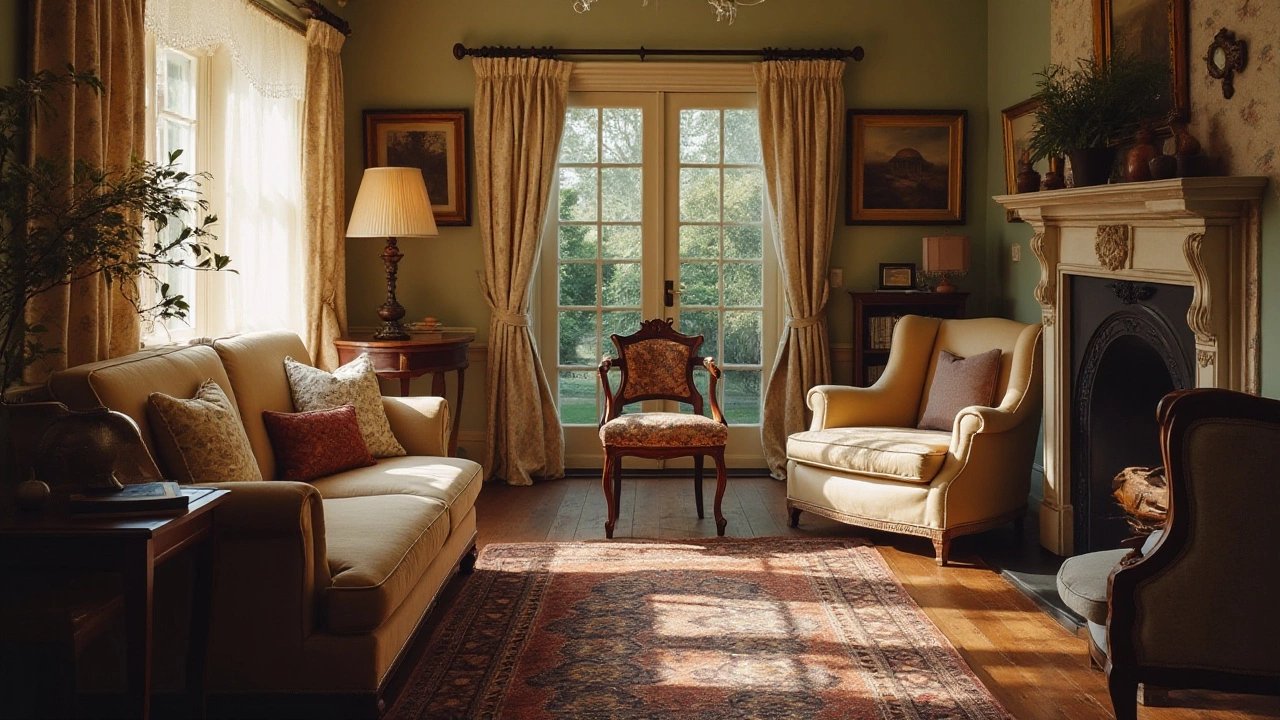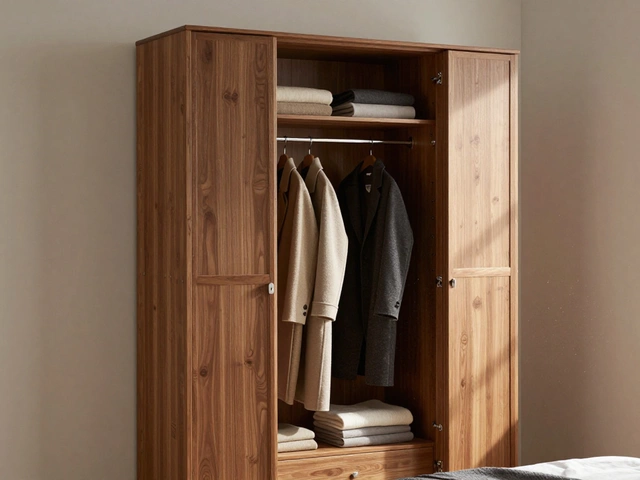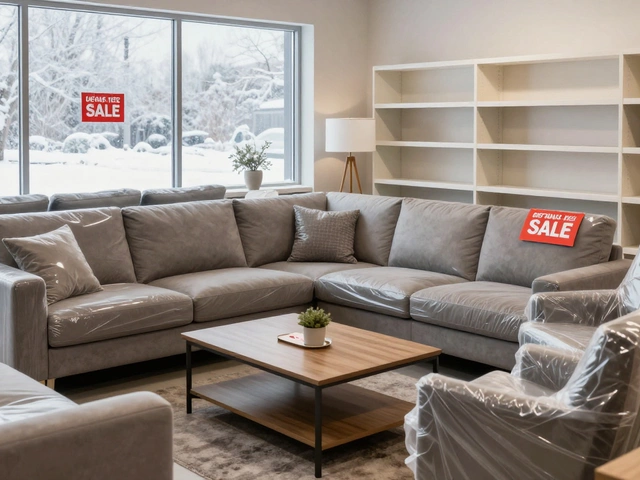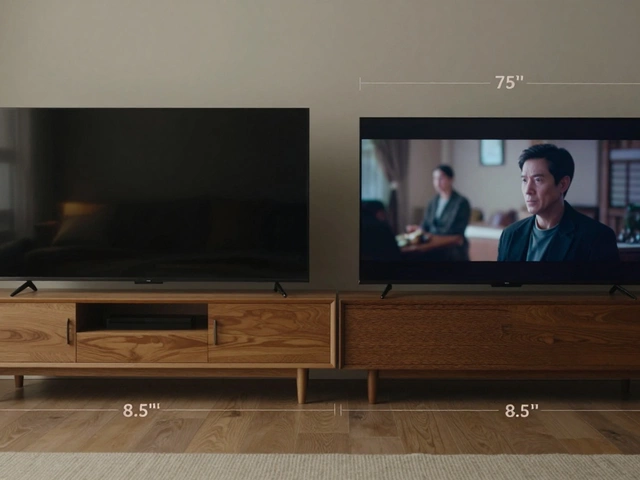Arranging your living room furniture can feel like a puzzle. One major decision homeowners face is whether the sofa should face the front door. This positioning can impact the first impression of your home and set the tone for its entire ambiance.
While facing the front door may seem like a straightforward choice, various factors like energy flow, functionality, and design aesthetics come into play. Different cultures have unique interpretations of this setup, with feng shui offering guidance for those seeking harmony and balance.
Ultimately, the best decision should reflect your personal style and practical needs. Let’s dive into expert insights on this age-old question, ensuring your space feels inviting, organized, and distinctly yours.
- The Importance of First Impressions
- Feng Shui and Energy Flow
- Functional Considerations
- Creative Alternatives for Living Room Layout
The Importance of First Impressions
Anyone who’s ever stepped into a well-designed home knows the magic that a well-thought-out entry can conjure. The sightline to a beautifully placed sofa can create a magnetic pull, drawing visitors further into the heart of your living space. As someone enters, the immediate impression sets a narrative. It offers up a sense of your personal style, your tastes, and even your priorities. Research consistently underscores the psychological weight first impressions carry. Experts suggest that impressions are not just visual; they're a composite of sensory inputs. Notably, a well-positioned sofa can visually map out your living space, providing visitors with an intuitive sense of where to move next. This can make them feel at ease, creating a sense of warmth and welcome right at the threshold.
There’s also an element of practicality in how strategic positioning can influence these initial reactions. For instance, placing your living room furniture in view from the entrance can guide the flow of your soiree, subtly inviting guests to make themselves comfortable and encouraging conversation to blossom in the very heart of your home. Interestingly, in many cultures, the spatial dynamics of a room represent more than mere aesthetics. According to feng shui, positioning your couch to face the entrance symbolizes openness and receptivity to new opportunities.
"When a home is inviting and easy on the eyes from the get-go," says renowned interior designer Jane Greene, "guests and homeowners alike feel an unspoken harmony."This harmonization of space translates into a comforting ambiance that resonates throughout the entire living area, akin to a perfect opening line in a paragraph that promises an intriguing story.
Beyond social settings, first impressions can also influence mood and productivity. A well-arranged living room can translate into a balanced life, where the home is a sanctuary away from the world’s hustle and bustle. Having a sofa that visually greets you upon entry can serve as a comforting beacon, a reminder of leisure and familial bonding that is crucial for psychological well-being. Statistics from home staging studies reveal that aligning one’s space for pleasing aesthetics and practical engagement can substantially increase satisfaction levels in a home. Knowing how crucial these setups are, many interior designers weigh function as heavily as form, ensuring the living room sets a compelling tone that feels consistently inviting.
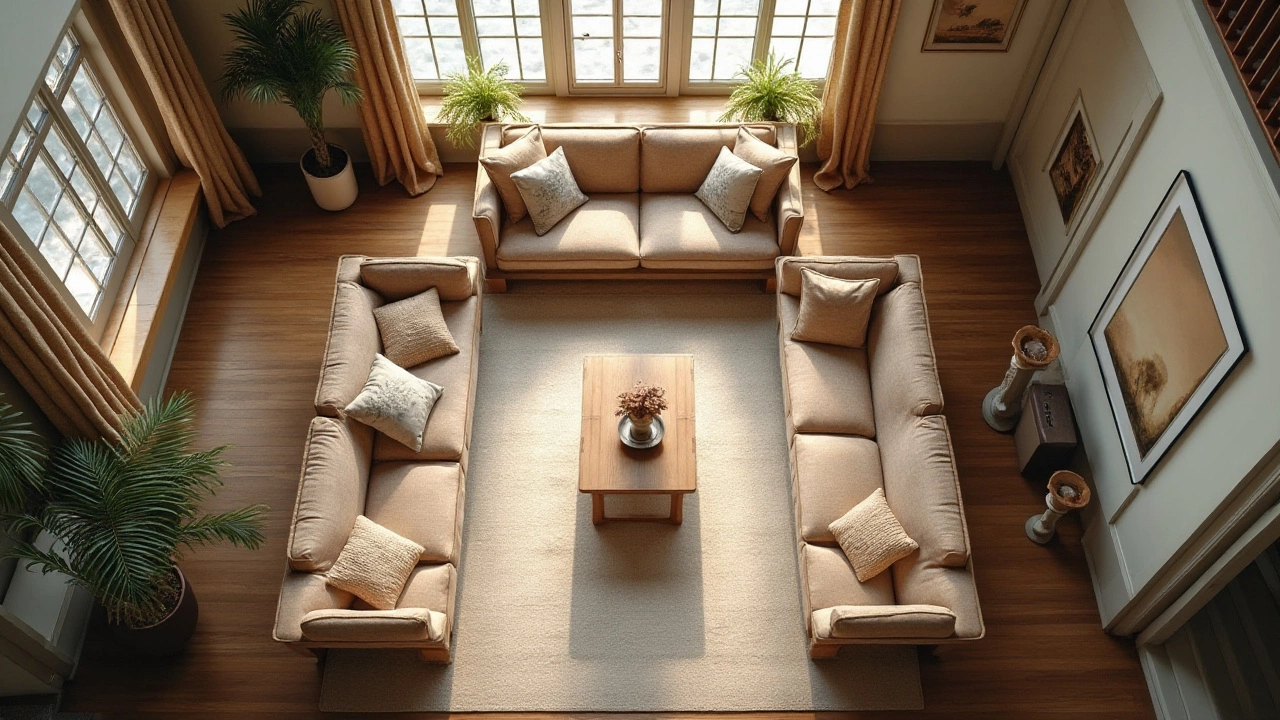
Feng Shui and Energy Flow
In the practice of Feng Shui, the position of furniture within a room plays a vital role in directing and harnessing energy, or 'chi.' The way your sofa placement relates to the front door can significantly influence the energy flow throughout your home. According to Feng Shui principles, positioning your sofa to face the front door might block or disrupt the natural energy flow into the space. This setup could inadvertently reflect a more confrontational energy, which might not be ideal for relaxation and social comfort in the living room.
Most followers of Feng Shui advise aligning the sofa at an angle or placing it against a wall nearest to or opposite the main entrance. This arrangement allows the flow of chi to move freely across the room, creating a sense of openness and welcoming energy that invites guests hospitably. A harmonious energy flow is thought to promote balance and peace, both of which are essential in cultivating a serene family environment. The experts recommend considering not just the living room but also the interconnectedness of spaces and how they contribute to the home's energy as a whole.
Creating a warm and inviting atmosphere starts with the primary entry point, as it dictates first impressions. It’s important to craft a natural path from the front door that encourages positive, abundant movement rather than meeting a blockage or abrupt halt. Reflective surfaces, like mirrors hanging adjacent to the entrance, can also encourage the circulation of light and energy, further enhancing the perceived size and feel of the room.
For those interested in taking a practical step towards balance and harmony while maintaining a stylish living room, some simple Feng Shui tips may be helpful. Consider the application of the Bagua map, an energetic map used in Feng Shui to plan space. This map aligns different areas of a dwelling with aspects of life such as health, wealth, and relationships. When rearranging your living space, place the sofa in a way that supports these life areas, guiding the positive energy to where it's needed most.
It is also noteworthy that different cultures interpret the meanings and rules of Feng Shui diversely. The Western adaptation of Feng Shui, for example, might focus more on aesthetics and convenience than strict adherence to traditional practices. Maintaining flexibility and blending aesthetics with function can ensure the space reflects both personal style and cultural appreciation.
If incorporating Feng Shui seems daunting, remember to take small steps. Orienting the living room's largest piece of furniture in a manner that avoids directly blocking the door is a simple starting point. The practice is about creating a living environment that feels inherently right for you, which often means adjusting and personalizing the guidelines to suit your lifestyle and home layout. Embrace the adaptability of the practice and allow it to guide your journey towards a harmonious living space.
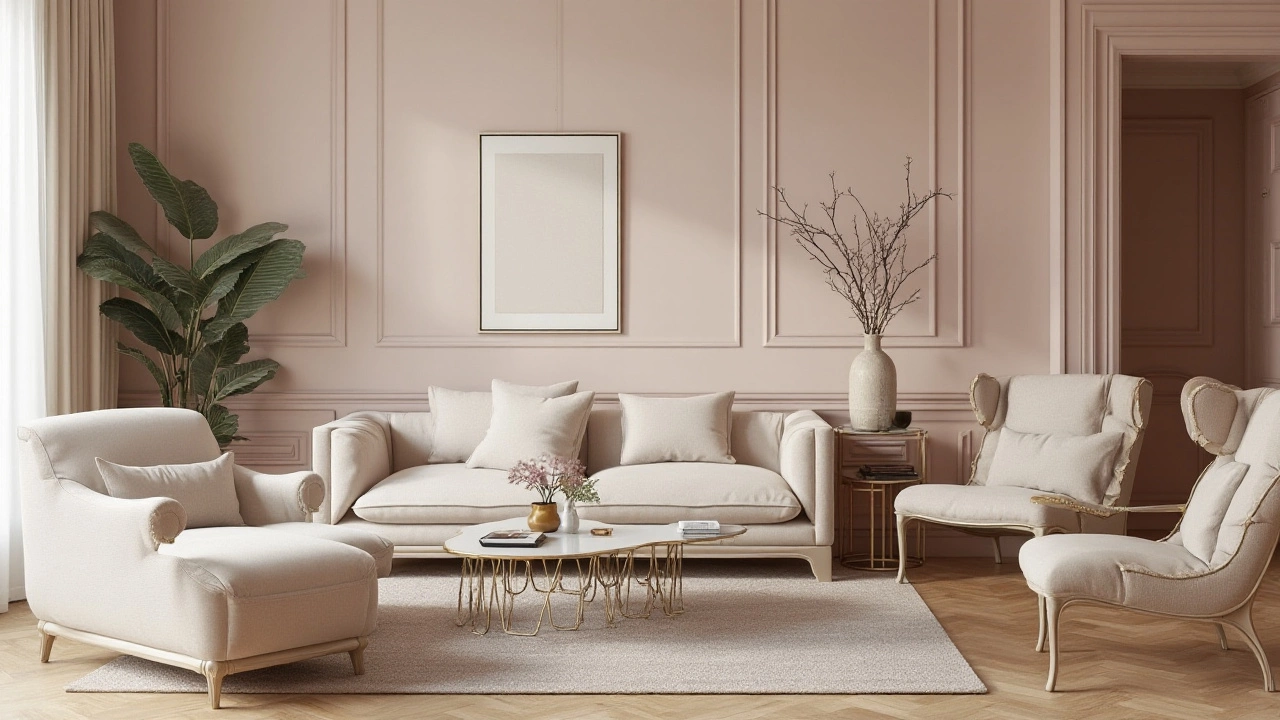
Functional Considerations
When it comes to arranging your living room design, functionality plays a pivotal role. One major consideration is how your furniture arrangement affects movement through the space. Let's think about the natural traffic flow in your home. A sofa facing the front door can create an obstacle or awkward path if placed too close to entryways, making guests feel like they have to navigate around a barrier just as they step inside. It's crucial that your living room feels welcoming and navigable, encouraging social interaction rather than enforcing divide.
Consider how you and your family use the space. If your living room frequently serves multiple purposes – from a reading nook to a kids' play area or a spot for TV watching – the positioning of your sofa can either enhance or hinder these activities. For those who enjoy hosting gatherings, having the sofa face the front door might not be ideal. Instead, you may want sofas angled towards each other, fostering conversation and connection. Additionally, having seating that also faces the interior of the room keeps the focus on togetherness rather than the entry point of the house.
A popular approach for achieving both functionality and aesthetics is using an open concept in the living room. Here, the sofa can serve as a subtle divider between activities without closing off spaces entirely. This setup allows for easy conversation and engagement across different spaces, such as between the living room and kitchen. By avoiding a head-on alignment with the door, you keep the room feeling more expansive and integrated into the rest of the home.
Choosing the right size and style of the sofa further influences the room's practical use. Oversized sofas, for instance, may dominate a space, while sleek, minimalist designs offer more flexibility. When selecting your sofa placement, think about complementing the room's proportions instead of overwhelming it. An oversized piece directly in line with the door could impose the room, making it seem smaller and less inviting. Instead, consider modular options that can be rearranged or sectionals that provide more balance, allowing you to adapt your living space as needs evolve over time.
As renowned designer Nate Berkus once stated,
"Your home should tell the story of who you are, and be a collection of what you love."Keeping functionality in mind ensures that the story told by your living room arrangement is one of comfort, accessibility, and personal style. Thoughtfully arranging your furniture not only enhances the look but enriches your living experience, crafting a sanctum that meets your desires perfectly.
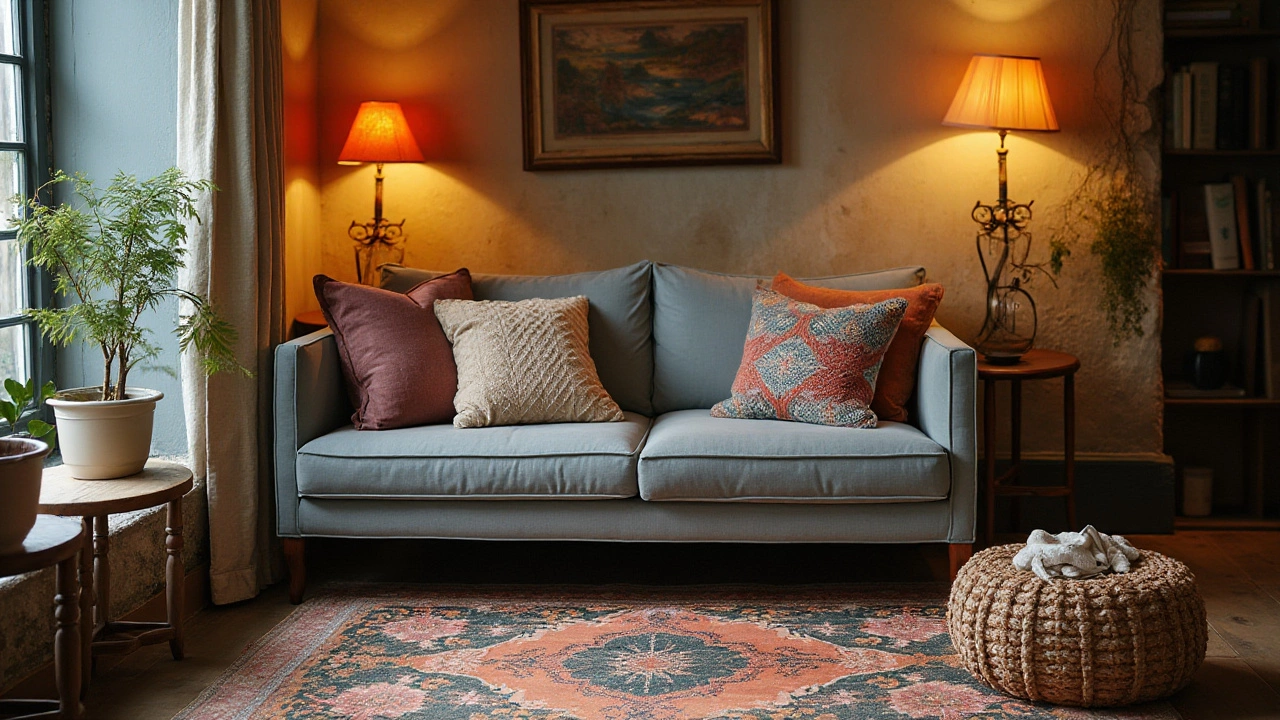
Creative Alternatives for Living Room Layout
When it comes to designing your living room, there’s no one-size-fits-all solution. The traditional approach of having a sofa placement that faces the front door may not always suit the unique personality of your home. That's where creative alternatives come in. You can transform your living room into a versatile and inviting space with a bit of experimentation and flair. Imagine turning your living room into a multipurpose haven that doesn’t sacrifice aesthetics for functionality. Instead of aligning the furniture in a predictable fashion, consider angling the sofa towards a focal point, like a fireplace or a piece of artwork. This not only diverts attention from the door, but it can also foster a cozy nook ideal for family gatherings or quiet relaxation.
You might explore the concept of zone-based arrangement. This involves dividing large areas into distinct zones with separate furniture groupings. It’s perfect, especially in open-plan homes, where defining spaces can highlight functionality. Use rugs of varying textures and colors to delineate each zone clearly. This helps introduce vivid patterns into your design, creating visual interest. A common technique includes placing a reading area with a small sofa set around a bookshelf or in a well-lit corner. Probable additions like floor lamps and side tables make these areas look purposeful and cozy.
There’s also the option of integrating modular furniture, allowing for easy reconfiguration to suit different needs. A sectional sofa set can be divided into smaller seating elements, offering flexibility as your spatial requirements change. Modular pieces are handy, especially when planning to entertain guests or when versatility is a priority. An inventive arrangement could include situating two sectionals to create an L-shape or U-shape, fostering an inclusive, intimate atmosphere perfect for conversations or family movie nights.
In recent years, the popularity of multifunctional furniture has surged. A sofa that converts into a bed for overnight guests or a coffee table that doubles as storage can maximize both space and utility in your living area. Incorporating these elements might not seem groundbreaking, but they really do enhance livability, especially in apartments or townhouses where space is a premium. Blend these items seamlessly with your current decor for a polished look that doesn’t appear too crowded or busy.
As interior design guru Nate Berkus says, “Your home should tell the story of who you are, and be a collection of what you love.” It’s about creatively bringing together elements that reflect your personality and cater to your lifestyle needs.
Lastly, embracing minimalism with a few well-chosen pieces of furniture can create open, airy spaces. Sparse yet impactful arrangements bring a touch of elegance and sophistication to a room. Opt for furniture with clean lines and neutral palettes, inviting tranquility into your space. Use mirrors strategically to generate an illusion of more room, a trick that often works wonders in compact areas.
In all, let go of preconceived notions about how a living room design should look. Enjoy experimenting, mix traditional and eclectic styles, and above all, personalize your space to ensure it’s reflective of what truly brings joy and comfort in your daily life.

